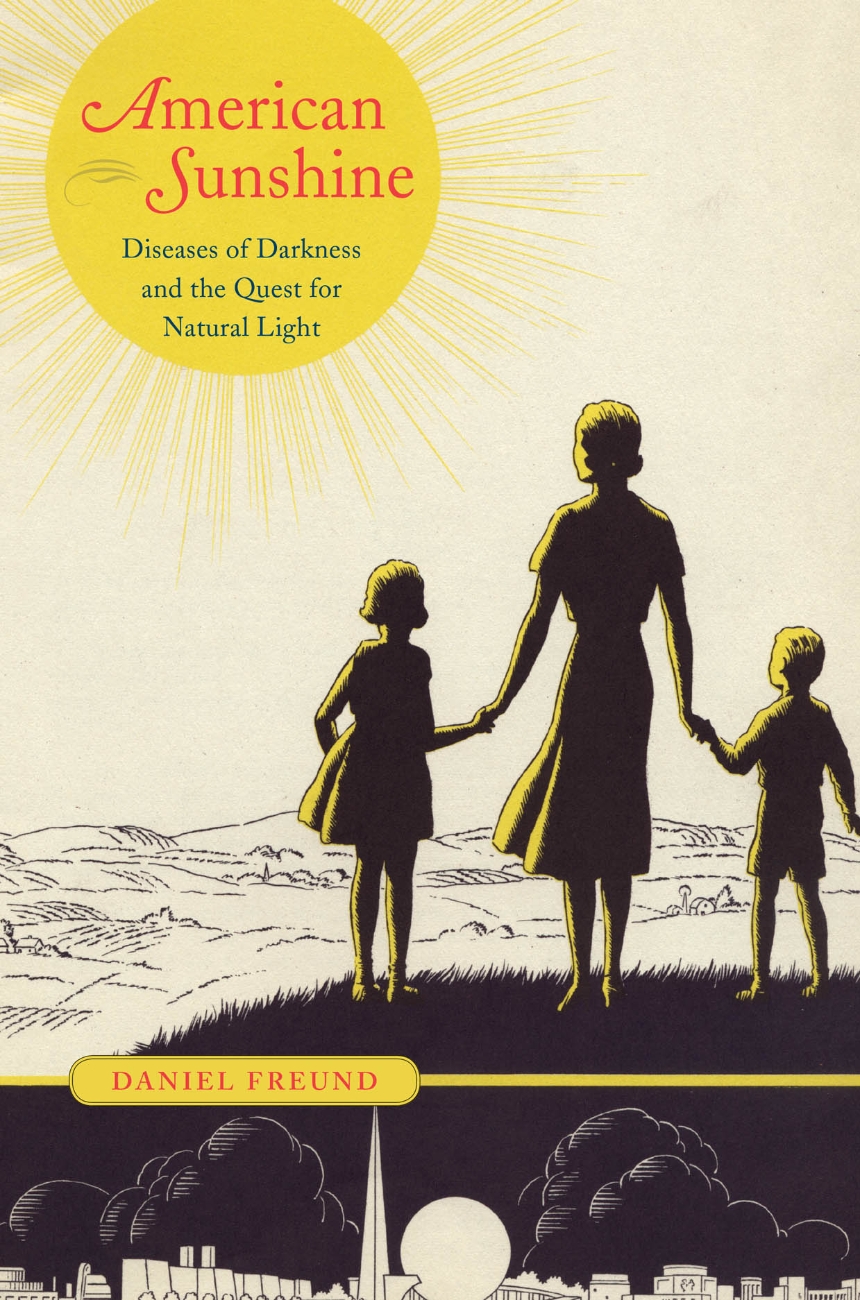American Sunshine
Diseases of Darkness and the Quest for Natural Light
In the second half of the nineteenth century, American cities began to go dark. Hulking new buildings overspread blocks, pollution obscured the skies, and glass and smog screened out the health-giving rays of the sun. Doctors fed anxities about these new conditions with claims about a rising tide of the "diseases of darkness," especially rickets and tuberculosis.
In American Sunshine, Daniel Freund tracks the obsession with sunlight from those bleak days into the twentieth century. Before long, social reformers, medical professionals, scientists, and a growing nudist movement proffered remedies for America’s new dark age. Architects, city planners, and politicians made access to sunlight central to public housing and public health. and entrepreneurs, dairymen, and tourism boosters transformed the pursuit of sunlight and its effects into a commodity. Within this historical context, Freund sheds light on important questions about the commodification of health and nature and makes an original contribution to the histories of cities, consumerism, the environment, and medicine.
Reviews
Table of Contents
Acknowledgments
Introduction Toward a History of Natural Light
One The Darkening City, 1850–1920
Two The Dawn of Scientific Sunlight
Three Sun Cures
Four Popular Enthusiasms: Eugenists, Nudists, Builders, Modern Mothers, and the Sun Cult
Five Climate Tourism and Its Alternative
Epilogue Sunlight into the Twenty-First Century
Index
